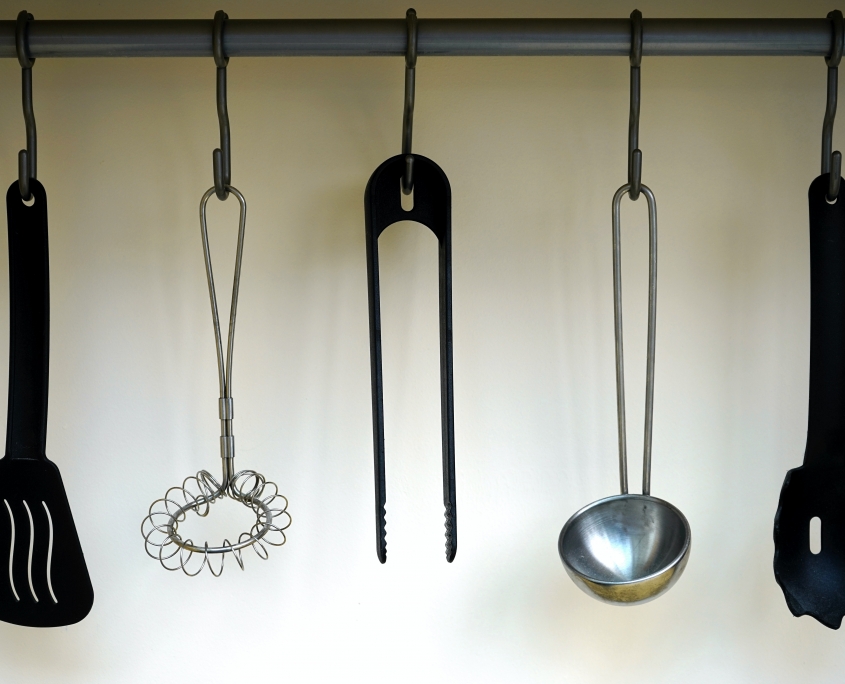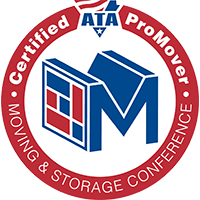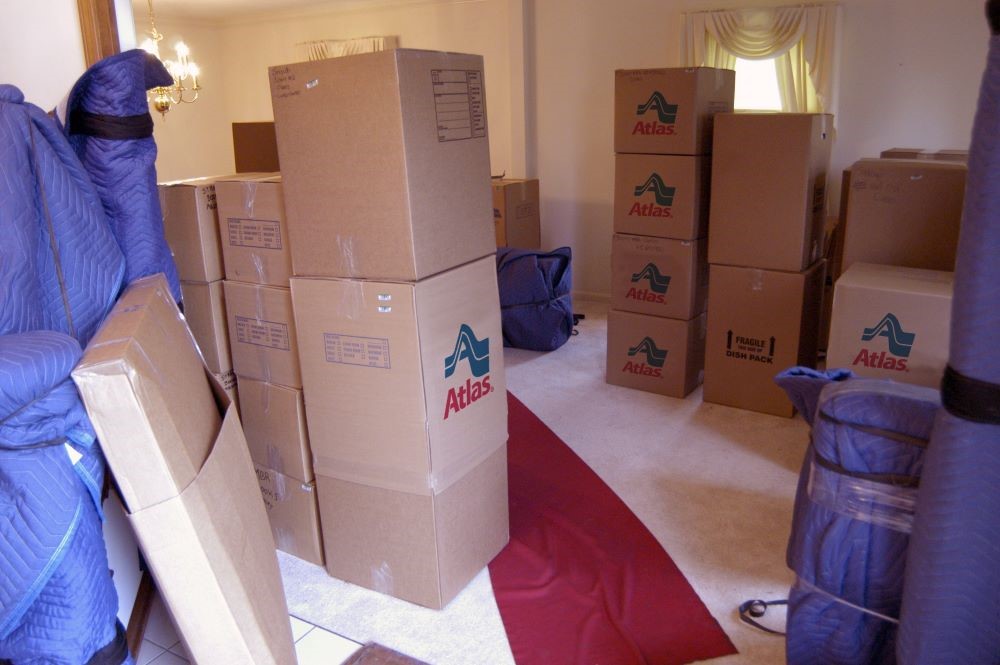 The kitchen is one of the most difficult rooms in a house to pack. It contains items you may need to use up until moving day, and many items in a kitchen are perishable, fragile, or require some heavy lifting, like large appliances.
The kitchen is one of the most difficult rooms in a house to pack. It contains items you may need to use up until moving day, and many items in a kitchen are perishable, fragile, or require some heavy lifting, like large appliances. For large kitchen moves, it’s best to leave the hard work to the professionals. If you have items you need to purge or you’d rather do the packing yourself, here are some tips to help you organize a kitchen for moving and lighten the load.
1. Use Up Your Perishables
Try to plan meals ahead for one to two weeks before your move to ensure you use up all your perishable ingredients, like meat, dairy, fruits, and vegetables. Professional movers won’t be able to transport these for you, and ensuring they stay fresh while transporting them yourself will add unnecessary stress to your move.If you must take some perishables with you, like items from your freezer, pack them tightly in a cooler full of ice and make sure the utilities are on in your new home so you can immediately put them in the fridge or freezer.
As long as the temperature inside your cooler remains below 40 degrees, your food will be safe to eat. Otherwise, it will perish within two hours. If you’re not sure your perishables will be safe to eat, air on the side of caution and throw them away.
2. Sell or Donate What You Don’t Need
Rather than packing heavy canned goods and other non-perishables, consider donating them to a food bank. Good items to donate to a food bank are canned meats and vegetables, cooking oils, dried herbs and spices, nuts and granola bars, instant boxed meals like mashed potatoes and macaroni and cheese, boxes of pasta and cereal, and packages of dried beans and rice.Will you be combining households with someone else? Go through your counters and utensil drawers and sort out any duplicates. You probably won’t need two microwaves, toasters, blenders, or can openers.
If they’re in nice enough condition, you can sell them on eBay or Facebook Marketplace. If they don’t sell or you don’t want to go to the trouble, you can ask friends and family if anyone is in need of them or give them away to a local charity.
3. Cut Out the Clutter
Have you been washing and reusing jars every time you empty one? Do you keep plastic utensils and sauce packets in case you might need them? A move is a great opportunity to confront your kitchen clutter and decide if it really needs to follow you into your new home. If you have a collection of plastic containers without lids or lids without matching containers, consider cleaning, drying, and recycling them along with any clean paper or plastic goods you haven’t used. Wherever you have too much of something, like empty pasta sauce jars, pare your collection down to the essentials and recycle or dispose of the rest.Some kitchen items can be repurposed into art and crafts. You can hang vintage baking tins on the wall of your new kitchen, or break old ceramic plates into pieces that can be used to make stepping stones or coffee table surfaces. If you have children, they can use kitchen sponges for painting, and egg cartons for paint trays.
Now that you’ve learned how to organize a kitchen and lighten the load, find out how to pack your kitchen like a pro, or get a quote for professional packing and moving services from Weleski Transfer.
Tags
Subscribe to Weleski Transfer Inc's Blog










Comments